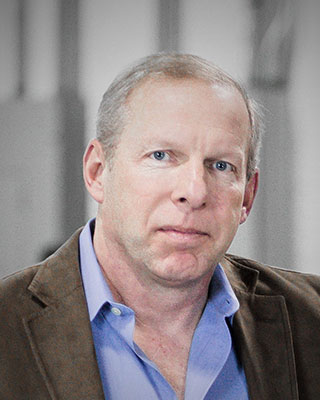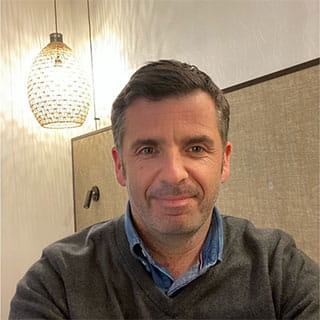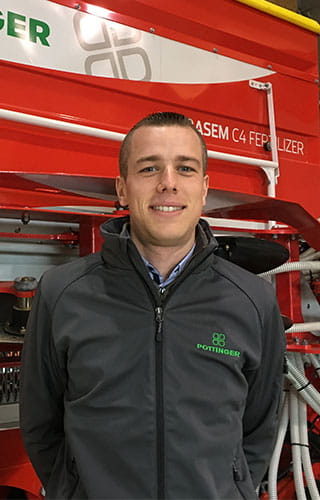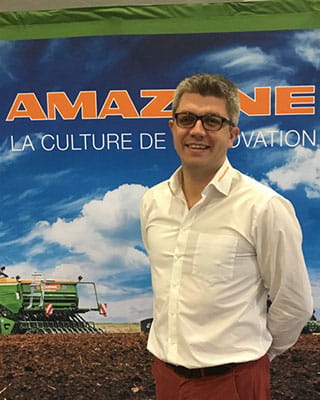The challenges of sustainable development for the agricultural sector, whether they are economic, environmental, or social, are inevitable. In a global competition against the backdrop of climate change and declining fossil fuels, agriculture must rise to this challenge or risk weakening its economic model.
Agroecological transition must play a central role because the preservation and mastery of natural factors in agricultural production, such as soils and biodiversity, can be combined with savings in inputs and energy, and even an increase in the added value of products. This transition also improves the image of the agricultural world and maintains highly skilled local jobs. In support of this transition, new technologies continue to offer innovative solutions to farmers.
Overview of solutions and technologies available on the market, also presented at SIMA.
How new technologies are revolutionizing the sector
In recent years, many technological barriers have been overcome, allowing companies to undergo a cultural revolution and focus their expertise on tools that aid in agroecological transition. Another lever that will boost the sector is that access to bank loans is now more conditioned by the environmental performance of companies. This will also encourage technological innovation in companies. Five major trends point to technological progress in support of agroecological transition:
- REDUCTION OF PESTICIDE USE: Thanks to the progress of intelligent, ultra-precise sprayers, there has been a significant reduction in the use of phytosanitary products. For example, there are sprayers tailored for viticulture that target only the leaves using artificial intelligence. There are many technical innovations in this field, especially when sowing in association or in a vegetative cover without soil preparation. These machines mechanically reduce the pressure of biotic aggressors, thus reducing the need for crop protection and fertilizer use. Artificial intelligence helps reduce nitrogen (the largest greenhouse gas emission factor in agriculture) and pesticides.
- ROBOTICS: Many specialized small companies, both French and foreign, are developing this market to assist farmers, regardless of the size of their farms. For instance, the "Farmdroid" robot can sow and weed with precision based on its knowledge of the position of each seed it has sown. Many robots are entering the market, relieving humans of repetitive and tiring tasks while allowing them to make decisions. These robots promote a more environmentally friendly "precision" agriculture. Companies working in this emerging market promise, through precision, the end of insecticide or herbicide spraying. Some robots can autonomously weed vegetable plantations. The drone market is also developing with drones capable of producing biomass maps using sensors, which allows for better adjustment of nitrogen application.
- AGRIVOLTAICS: Photovoltaic panels, already widely used on buildings, are now appearing in fields, allowing for a mix of agricultural protection and energy production in plots. This trend has been adopted and offered by several companies. Solar energy also has other agricultural applications, such as drying using solar collectors, which improve drying capacity and forage quality while saving energy.
- INTERCROPPING: The seeding process is at the heart of a technological revolution. Intercropping or companion planting improves soil biology, better protection against diseases, and more efficient use of natural fertility elements (nitrogen, potassium, phosphorus, etc.), resulting in reduced use of fertilizers and pesticides while improving production and product quality. In this seeding domain, there are seeders that allow for better positioning of crops, with several species sown at the appropriate density and depth for each species. Seeders with multiple hoppers are increasingly common, often up to four, with work on combinations of sowing depths. Artificial intelligence also plays a major role in this precision work, requiring accuracy down to the centimeter.
- DECARBONIZATION: The gradual phase-out of diesel is underway. In the context of decarbonization policy since 2015, tractors sold must emit less than 0.4 g/kW of nitrogen oxide, 0.19g/kW of unburned hydrocarbons, 5 g/kW of carbon dioxide, and 0.025 g/kW of fine particles. However, to completely move away from non-renewable energy sources, alternatives must be found. Electrification is the first alternative, although hindered by the high power requirements of machines and limited battery autonomy. However, ongoing work on battery performance could change the game. Hydrogen is another alternative suitable for high power and the required autonomy in the agricultural sector. The significant reduction in the cost of hydrogen installations will make this solution more competitive, pushing agricultural machinery companies to work daily on these issues. All agricultural machinery companies are working on these solutions.
New technologies at the heart of SIMA
On the occasion of its hundredth anniversary, SIMA – the International Exhibition of Solutions and Technologies for Efficient and Sustainable Agriculture – will bring together nearly 1,500 companies from around the world. This is an essential event showcasing the latest technologies that meet the needs of all farmers, regardless of the size of their operations and their mode of production. Here are some examples of technical solutions that are presented at SIMA.
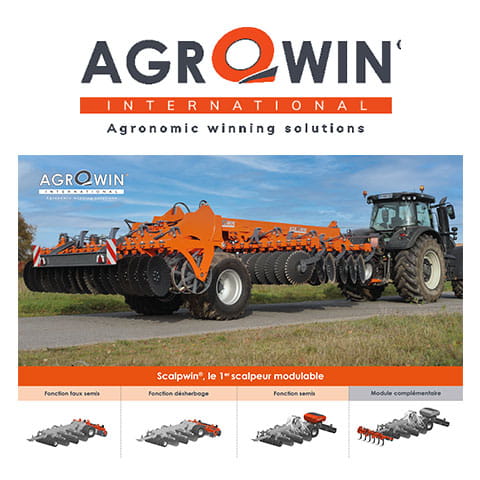
The first independent disc scalper-seeder on the market
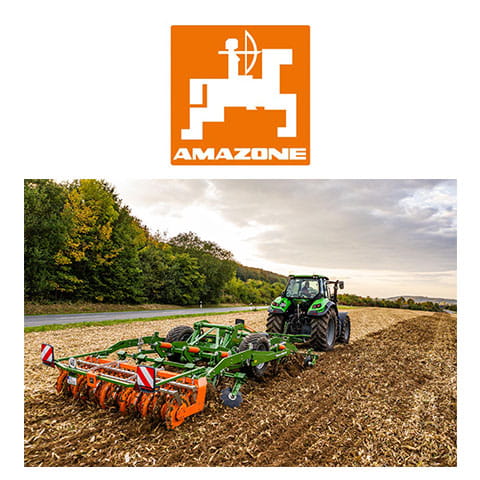
A soil mapping system called
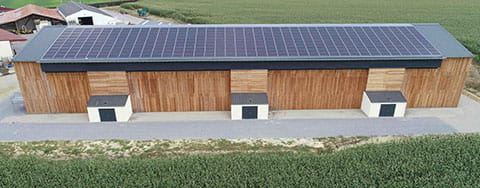
A thermo-voltaic forage drying solution
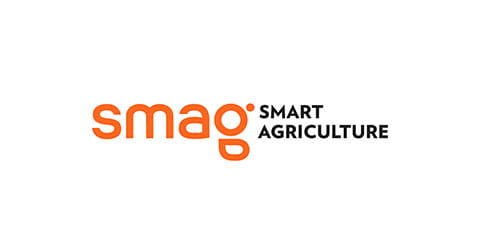
An environmental diagnostic tool
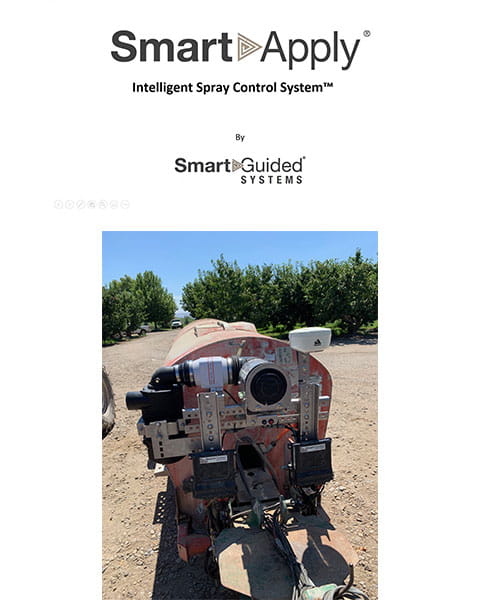
A laser-guided sprayer system
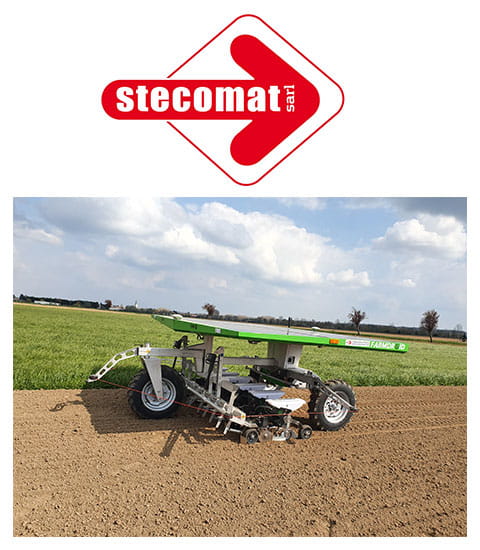
The robot that sows and weeds
Actors in agroecological transition:
